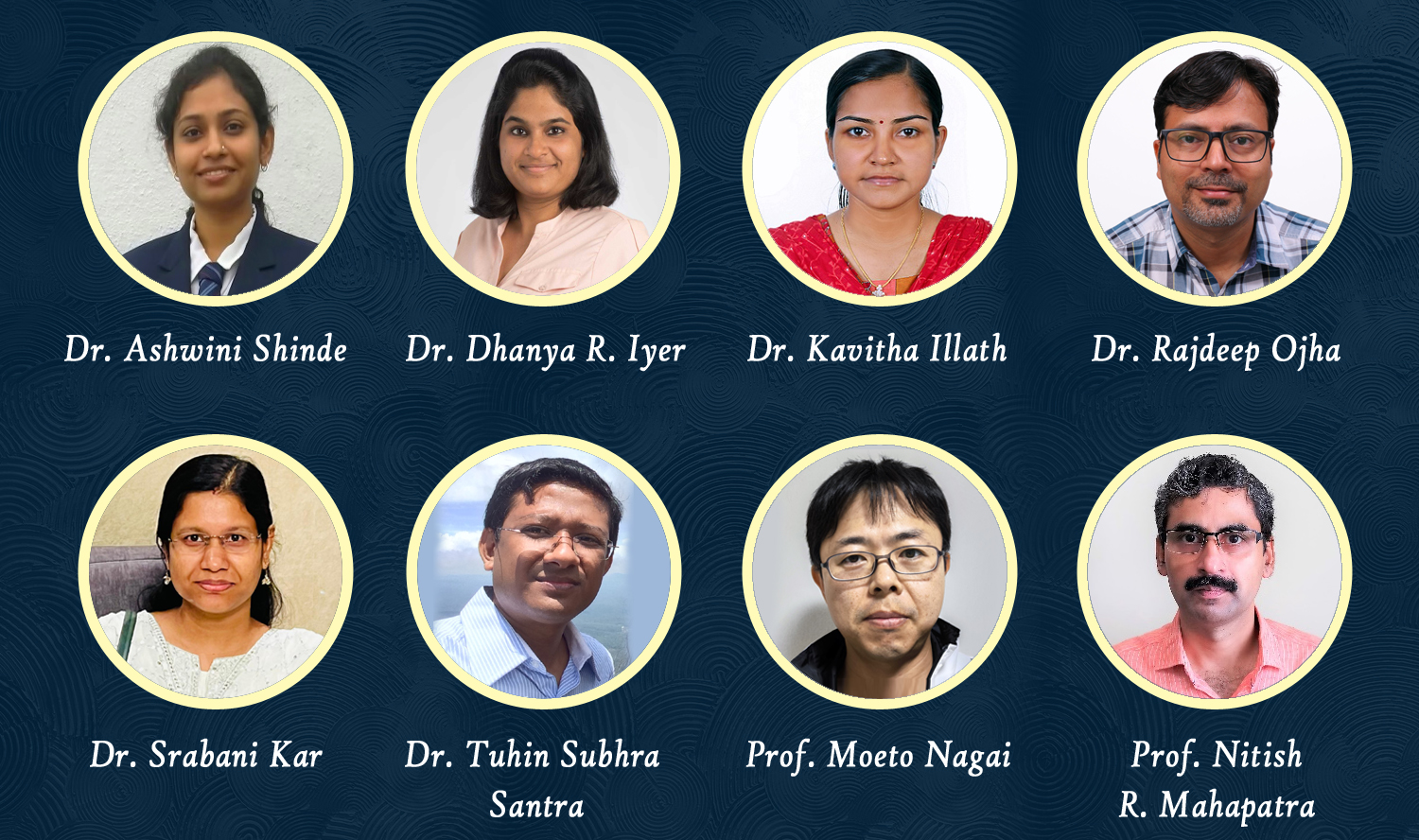
Gold is one of the most precious elements to exist as of today. So what if I told you that gold is of great value to science and technology as well? Don’t believe me? Let’s delve further.
It appears that nano-burflower gold nanoparticles can improve the efficiency of intra cellular delivery. Was this too much of an abrupt jump?
Let’s start at the beginning. Delivery of biomolecules into cells is of great importance as this can be used for better drug delivery, cell targeting, and cell and gene therapy. There are many ways in which biomolecules can be introduced into cells such as, magnetoporation, electroporation, photoporation, etc. Of these methods, photoporation is the least invasive and causes least amount of damage to cells when compared with the other methods.
Photoporation is a light-induced method to disrupt the cell membrane. It can be used along with microfluidics (microfluidics is a way to manipulate small amounts of fluids) to deliver biomolecules into the cell.
Nowadays nanoparticles (NPs)-sensitised photoporation is gaining attention as transfection can be achieved at low-intensity light pulses and hence toxicity and cell damage can be greatly reduced.
Although gold nanoparticle-sensitised photoporation has been studied extensively, they usually focus on spherical gold nanoparticles. But the use of spherical particles results in low delivery efficiency and higher cytotoxicity (cell damage).
Therefore there was a need to look into different shapes of gold nanoparticles.
It was found that spiky or thin-edge nanoparticles have the highest photothermal conversion efficiency compared to other morphologies.

In this study, the authors have used droplet microfluidic synthesized high aspect ratio spiky nano-burflower gold nanoparticles-sensitised photoporation for intracellular delivery.
Pulsed laser irradiation in the infrared region resulted in the tips or spikes of the nano-burflower-gold nanoparticles to generate a higher electromagnetic field.
This is the first time the benefits of droplet microfluidics in nanoparticles synthesis have been demonstrated successfully for the intracellular delivery of small to very large therapeutic molecules using infrared light pulses.
Intracellular delivery of a model dye, propidium iodide (PI), and dextran molecules into diverse mammalian cells using nano-burflower-gold nanoparticles-stimulated photoporation was done.
The delivery of therapeutic molecules such as small interfering ribonucleic acid (siRNA), EGFP (enhanced green fluorescence protein) plasmid, beta-galactosidase enzyme, and CRISPR-Cas9-based genome editing components into SiHa uterus carcinoma cells, L929 fibroblasts, and N2a neuronal cells was also successfully done.
Approximately 100 percent transfection efficiency and approximately 100 percent cell viability was achieved.
This study could serve as an effective tool in manipulation of cell physiology, lowers off-target effects, streamlines the validation of possible therapeutic targets, and offers high throughput screening for drug development. Nano-burflower-gold nanoparticles can be used in several biological applications such as gene silencing, genome editing, and imaging.
The following are the authors of this paper:
- Dr. Kavitha Illath from the Department of Engineering Design, Indian Institute of Technology Madras, Chennai, India
- Dr. Srabani Kar from the Department of Physics, Indian Institute of Science Education and Research, Tirupati, India
- Dr. Ashwini Shinde from the Department of Engineering Design, Indian Institute of Technology Madras, Chennai, India
- Dr. Rajdeep Ojha from the Department of Physical Medicine and Rehabilitation, Christian Medical College, Vellore, India
- Dr. Dhanya R. Iyer from the Department of Biotechnology, Indian Institute of Technology Madras, Chennai, India
- Prof. Nitish R. Mahapatra from the Department of Biotechnology, Indian Institute of Technology Madras, Chennai, India
- Prof. Moeto Nagai from the Department of Mechanical Engineering, Toyohashi University of Technology, Aichi, Japan
- Dr. Tuhin Subhra Santra from the Department of Engineering Design, Indian Institute of Technology Madras, Chennai, India
Prof. Sangjin Ryu, from the University of Nebraska-Lincoln, Lincoln, United States, who is an associate professor in the Department of Mechanical & Materials Engineering there, lauded the efforts and acknowledged the importance of this study done by the authors with the following comments: “This interdisciplinary study is very impressive because it combined the microfluidic droplet generation technology with gold nanoparticle synthesis for the purpose of more efficient cellular transfection based on photoporation. Intracellular delivery of exogenous materials is crucial for diverse biomedical engineering applications including genome editing and cell-based therapies. However, uniformly transfecting multiple cells using photoporation is very challenging. This study addressed this gap successfully by synthesizing tunable spiky gold nanoparticles using microfluidic drop generation and controlled mixing, and optimizing the plasmonic performances of the nanoparticle via multiphysics simulation. The developed methodology is promising for advancing photoporation-based intracellular delivery.”
Article by Akshay Anantharaman
Click here for the original link to the paper










